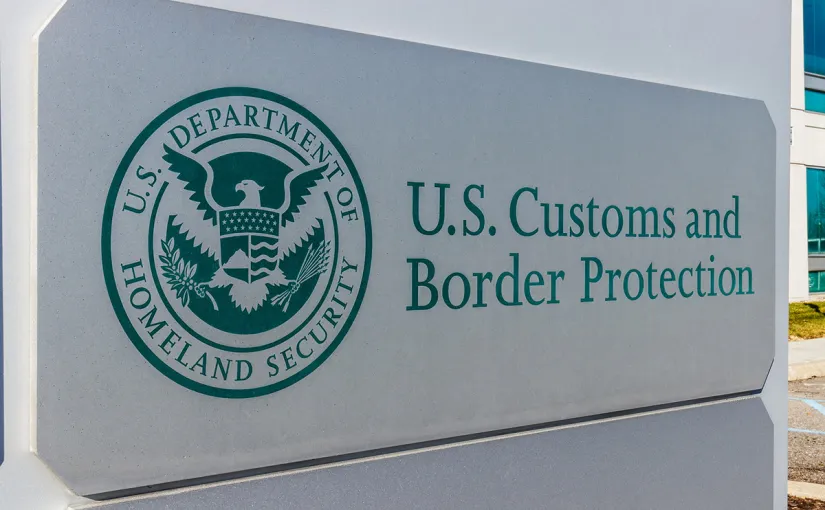
23 Jun U.S. Customs begins enforcing Uyghur Forced Labor Protection Act
This is going to hurt– Are your supply chains ready for the Forced Labor Act?
For importers of Chinese products, June 21 is a critical date and coming fast. On that day, U.S. Customs will begin enforcing the Uyghur Forced Labor Protection Act, banning all imports from Xinjiang Province, China. While forced or prison labor-produced products have been banned from being imported into the U.S. for nearly 100 years, these new regulations are different.
With these new restrictions, U.S. Customs will be making the presumption that all products coming from Xinjiang Province contain forced labor unless you can prove otherwise. This is referred to as a “Rebuttable Presumption,” in which you are allowed to submit documentation and arguments that no forced labor is included in your product. What isn’t clear is what that documentation should include and how a decision will be made by U.S. Customs. In the meantime, all shipments of goods from Xinjiang will be stopped from clearing customs.
Other Uyghur labor locations
What is even tougher is that Uyghurs are known to be bussed to locations throughout China to work in factories as contracted labor. Shipments of products from these factories will also be banned until the importer can prove no forced labor was involved. Good luck with that.
It is going to be up to the importer to positively demonstrate that no forced labor was used in any of its supply chains. While many companies perform audits of factories and factory labor practices, it’s questionable whether forced labor can be identified. Will the factory tell the truth about their labor? What will be hidden from the auditor?
Letter notifications
Some importers have already been notified via letters from U.S. Customs informing these companies of suspected previous forced-labor imports. On a recent conference call with U.S. Customs, the enforcement officers said that not all suspected importers were sent these advance letters. Customs specifically called out importers of cotton, polysilicon, tomato products, and TV remote controllers.
Importers of apparel manufactured in other parts of China, but made with cotton grown and processed in Xinjiang, for example, may find that their shipments will also be held subject to rebuttal.
What to do now
Controlling the use of forced labor in your supply chains requires a whole new level of scrutiny. It is not enough to initially audit and certify your factories and suppliers. Active oversight must be an ongoing effort with in-depth reviews of labor practices.
Quarterly supplier audits used to be sufficient, but not anymore. Tier 1, tier 2, and tier 3 (maybe more) suppliers need to be audited, in detail, to uncover forced-labor parts and forced-labor content. You must be more vigilant than ever. Supply chain managers should visit the factories together with the auditors. You may want to engage a trusted auditor in China to visit the factories often, in between quarterly audits.
You should start now to document your entire China supply chain, understanding your tier 1, tier 2, tier 3, and more suppliers. Discuss the use of Ughyur labor and ask your factories for signed affidavits that no Ughyur labor is used in their products. Audit your Chinese suppliers often, including unannounced visits to the production lines. In between your in-person audits, hire an independent auditor located in China to supplement your reviews.

